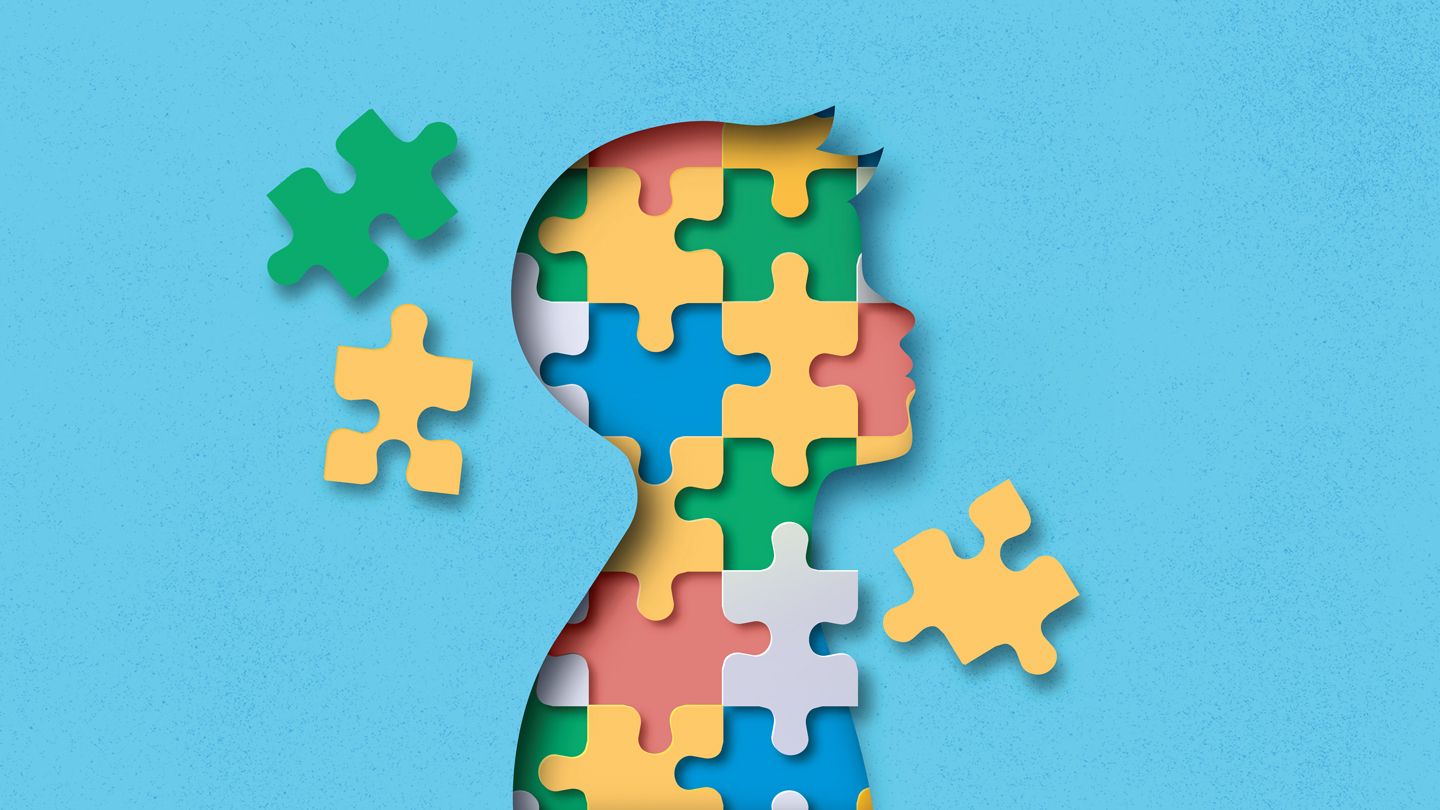U.S. Department of Health and Human Services (HHS) Secretary Robert F. Kennedy Jr.’s recent comments on what it’s like to live with autism spectrum disorder (ASD) have provoked strong reactions.
But the response from autism advocacy organizations and researchers has been negative. “Comments from HHS Secretary Kennedy’s news conference about autistic people are extremely disappointing and damaging, and we join many others in their concern with how the autistic community is being misportrayed,” says Andy Shih, PhD, chief science officer of Autism Speaks, an autism advocacy organization.
Psychologists, researchers, and advocates in the autism community want to debunk misconceptions about the condition, like the ones below.
Misconception No. 1: Autism Is a Disease
“Autism is not a disease: It’s a different way of thinking and experiencing the world,” says Elizabeth Laugeson, PsyD, clinical professor and licensed clinical psychologist at the Center for Autism Research and Treatment at UCLA in Los Angeles.
Describing autism as a disease can spread fear and make life harder for autistic people and their families, says Dr. Laugeson.
Misconception No. 2: There’s an Autism Epidemic
But that doesn’t mean there’s an epidemic, experts say.
“Referring to autism as an ‘epidemic’ is not only scientifically inaccurate, it also risks reinforcing stigma. Autism is not a disease, but rather a lifelong developmental condition that affects people in diverse ways,” says Dr. Shih.
Research suggests the rise in autism diagnoses reflects improved awareness, broader diagnostic criteria, and better access to services, says Laugeson.
“Rather than focusing on autism as an epidemic, which is factually incorrect, it would be more helpful to understand autism through the lens of neurodiversity. Neurodiversity is the idea that differences in how people think, learn, and process the world, including those on the autism spectrum, are natural and valuable parts of human diversity,” she says.
Misconception No. 3: People With Autism Can Never Contribute to Society
Autism is a heterogeneous disorder, meaning it manifests or looks different in the various people who have it.
“People say if you’ve met one autistic person, you’ve met one autistic person — there is a wide spectrum of autism,” says Lawrence Fung, MD, PhD, researcher and director of the Neurodiversity Clinic at Stanford Health Care in California.
Misconception No. 4: Vaccines Can Cause Autism
“If people are choosing not to have their child vaccinated for the measles because they are worried about autism, that’s the opposite of what the actual facts are. It’s tragic and somewhat ironic,” says Peter J. Smith, MD, associate professor of pediatrics at the University of Chicago, whose specialties include autism spectrum disorder.
Misconception No. 5: People With Autism Always Have Intellectual Disabilities
“Many people on the autism spectrum are highly competent,” Fung says.
Misconception No. 6: People With Autism Are Incapable of Joy and Human Connection
“Framing autism as a personal or societal tragedy, and implying that autistic people are incapable of joy, growth, or fulfillment, is deeply hurtful,” says Shih.
Suggesting that autistic children will never contribute, connect, or thrive erase the full humanity of millions of people, and ignores the many ways autistic people enrich the world every day, he says.
“People with autism can have meaningful relationships with others and even have families. Many autistic individuals consider autism part of their identity. It’s important to respect autistic individuals for who they are and consider autism a condition instead of a disease,” says Fung.
Misconception No. 7: Only Boys Develop Autism
Experts believe that the disparity may be partially due to underdiagnosis in girls and women. Compared with males, females may show fewer symptoms like aggression or hyperactivity and may be more likely to camouflage their difficulties in social interactions, which is called “masking.”
In addition to classic repetitive behaviors (“stimming”) like rocking that can be a feature of autism for either gender, girls and women with autism may also exhibit behaviors not traditionally associated with the condition, such as perfectionist tendencies.
While clinicians considering an autism diagnosis are trained to look for stereotypically male-associated restricted interests, like transportation, girls and women with autism may develop restricted interests more in line with expected social norms, such as animals or celebrities.
Misconception No. 8: Autism Is Caused by a Single Environmental Toxin
Right now, it isn’t clear what causes autism. “When I speak with my patients or parents of my patients about their autism diagnosis, I will tell them that the most recent studies have suggested that about half of the cases are due to genetic causes, and the other half could be related to nongenetic causes,” says Fung.
Some known risk factors include advanced paternal age, advanced maternal age, taking the anti-epileptic medication valproate during pregnancy, and preterm birth, he says.
Read the full article here




